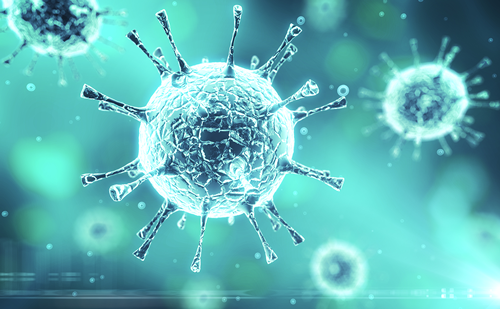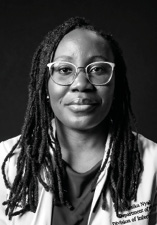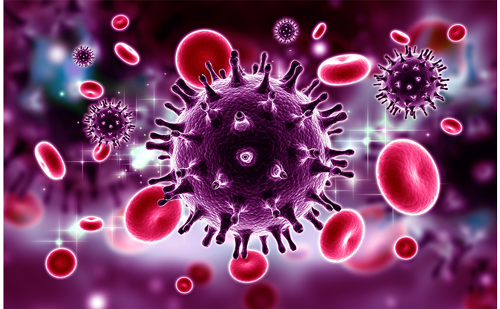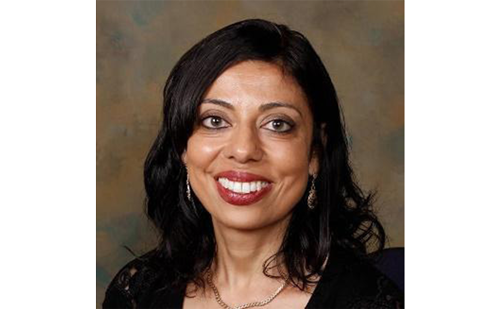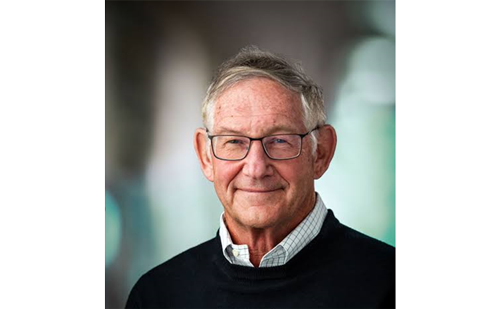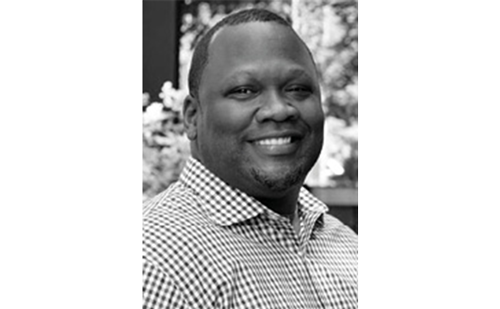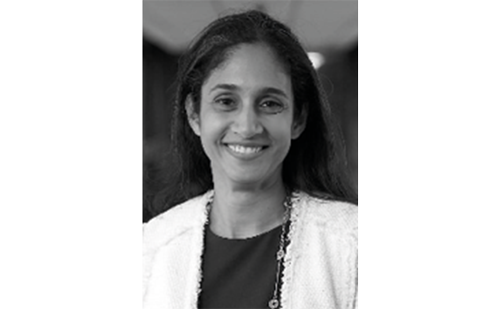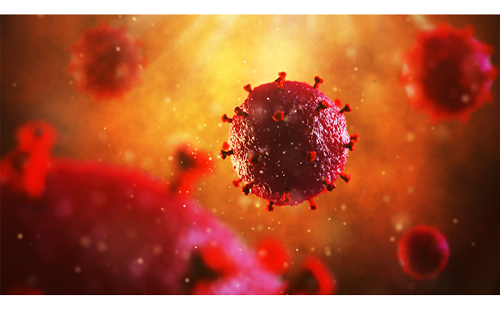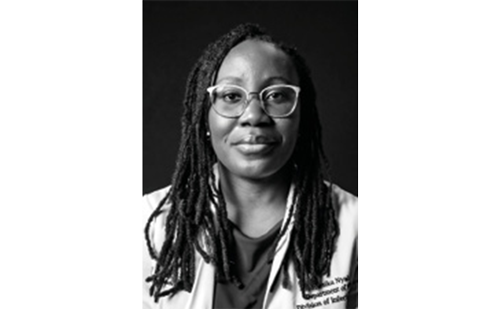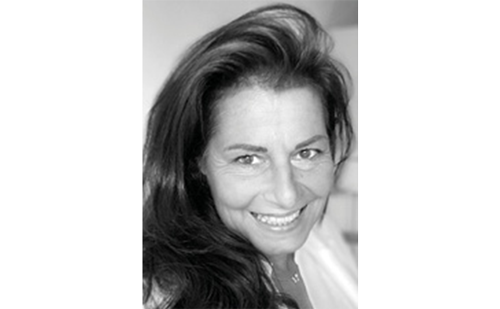By sharing, listening and gaining an understanding of the real-life experiences of individuals living with a condition, clinicians and patients can better work together to improve care and outcomes and shape the healthcare system and policy of the future.
Patient advocacy can play a vital role in ensuring this kind of clinic ian–patient collaboration happens. The work of patient advocates can encourage individuals to take an active role in their healthcare decisions and empower them to have an open dialogue with their multidisciplinary healthcare teams.1,2 In addition, patient advocates can act as representatives for the broader patient community, allowing the sharing of collective experiences to help highlight and tackle wider challenges and barriers to care. They can also have an influence on policymakers and healthcare organizations, where their work can help ensure that the patient voice is integrated into many aspects of clinical practice and that a patient-centred approach is promoted.3,4
In this expert interview, patient advocate Dawn Averitt shares her personal experience from HIV diagnosis through to her advocacy work, including starting The Well Project in 2002. She also highlights the challenges she has faced personally and as part of the wider community of people living with HIV, including the stigma and discrimination that fueled her journey into advocacy. She also explores the transformations in societal attitudes over the past decade and sheds light on the changing therapeutic landscape and the advancements in the healthcare system since her diagnosis while acknowledging the remaining gaps that require attention. Finally, she discusses the breakthroughs in HIV research, including a focus shift to prevention and the studies in mRNA vaccination, which were translated to protecting against severe acute respiratory syndrome coronavirus 2 during the coronavirus disease 2019 (COVID-19) pandemic.
Q. Could you tell us about your personal journey to, and following, your diagnosis of HIV and how you became an advocate for people living with HIV and AIDS?
I was diagnosed with HIV 35 years ago in 1988. I was 19 years old. I took a break from college and went to work in Spain. Shortly after I arrived, I was assaulted, and I ended up in the hospital in Spain with a high fever and enlarged lymph nodes about 7 weeks later. Of course, it was 1988; therefore, nobody truly knew what that was or what to look for. Several months later, I returned to the USA and spent weeks going through all types of blood tests. Doctors theorized a non-Hodgkin’s lymphoma diagnosis. I had not disclosed the assault. In the process of all of these tests, I decided to ask for an HIV test. The doctor pushed back, claiming there was no reason to test me. After a back-and-forth discussion, he agreed to give me the test, which turned out to be positive for HIV.
The doctor called me and requested a re-test, assuming it was a false positive. On 28 June 1988, I returned to the doctor’s office with my parents to hear the results. I am so grateful I took them both with me that day, as I did not have to face what so many people with HIV have to face, that is, how to tell your family or friends. I have sadly lost many people whose families never knew they were HIV positive.
At this time, there was only one drug for the treatment of HIV, and life expectancy was 6 months from diagnosis. My first goal was to be 20, and then 21, and so on. When I was diagnosed, I was told to keep my HIV diagnosis a secret, that it would ruin my family’s life: my dad may lose his job, my brothers may be kicked out of school. I was told that disclosing my diagnosis would have all sorts of negative consequences.
In my first job out of college, working for a high-profile US senator, I found myself dealing with activists and advocacy groups who were mobilizing because of a proposed ban on gay people in the military. One Saturday, while working in the office, I was confronted by AIDS Coalition to Unleash Power and Queer Nation activists shaking fake vials of blood in my face and saying, “You are a bigot; you hate people with AIDS.” My response was, “No, I am not afraid of you, and I do not hate you.” That experience, coupled with my time in Washington learning how decisions are made and where power lives, led me to apply for my first job as a treatment resource specialist, where I learnt the science on HIV, read everything I could read on the subject and became a treatment activist.
I was an anomaly in the early days. I was the token HIV-positive white woman from the South of the USA who was interested in the science. I found myself in important places and meetings at the US Food and Drug Administration or the National Institutes of Health, where I was, frankly, completely over my head. I was simply doing the best I could as a person living with HIV. Advocacy has been a part of what I have been doing since 1993, and it has been a fairly extraordinary journey.
Q. What are some of the biggest challenges you have faced as a person living with HIV and as an advocate?
So much of advocacy, for me, has been fueled by personal experience but also the experiences of other people living with HIV who are not able to be public about their status and to have a supportive family and all of the privileges that I have had. Frankly, it is the experience of standing in an Emergency Room in some town that I do not know and dealing with the shame, stigma and attitudes of the person at the desk or the nurse who is triaging who does not know anything about HIV, simply does not like people with HIV, or has their beliefs about who you are if you have HIV. Ironically, I think the worst stigma and discrimination I have experienced has actually been in the healthcare setting, a fact I think people sometimes find surprising. I have found myself on many occasions in a non-infectious disease setting within a hospital, in places that were not necessarily focused on HIV (e.g. when I had my children and hip surgeries), and it is stunning how poorly informed some allied healthcare professionals are. This includes the individuals on the floor who are doing the care, the house staff and the house team. This lack in knowledge continues to fuel my desire to do this work.
It takes a lot for a person to get an HIV test. If they are diagnosed as HIV positive, then they have to connect to care, and they do not know what they are going to encounter. They may be told having HIV is dangerous. The HIV criminalization laws are prevalent, and there are parts not only of the USA but the world where it is shockingly difficult to be a person living with HIV.
At the same time, we are trying to normalize HIV. We are trying to help people understand that this is not about who you are. The virus does not discriminate, and it is possible to live a full, healthy and long life with HIV.
Q. Could you share some examples of successful initiatives or projects for the HIV community that you have been involved in?
The Well Project was the organization I founded in 2002.5 The web portal reaches someone in every country worldwide every month, and it has done this for more than a decade.5 I am incredibly proud of our work around women’s engagement in clinical research and making sure that women are not only the participants but are also involved in designing the research, implementing the research and having important roles along the entire research spectrum. Another programme of The Well Project, the Women’s Research Initiative on HIV/AIDS (WRI),6 has influenced the way the US Food and Drug Administration labels drugs and how clinical trials are implemented and has impacted how the US National Institutes of Health funds both intramural and extramural research for women. These are facts that I feel enormously proud of.
I spent 6 years on President Barack Obama’s president’s advisory council on HIV and AIDS. Walking into the White House and thinking I have this horrible, stigmatizing and life-threatening disease, and I am at the White House. How do you reconcile that when there are people who can never tell their parents? There have been some truly amazing moments where being a person living with this disease and being able to stand up and talk about it and share the experiences of others has been pretty extraordinary.
Q. In your opinion, what are the most pressing issues or gaps that still need to be addressed in HIV prevention, treatment and support?
Psychologically, we have made a transition from an acute condition to a chronic condition, but we have not done that in terms of care. There is a tendency to dismiss HIV as a chronic and manageable condition now, though the reality is that the types of treatments that patients take on a daily basis are not suitable for 60 years of treatment. The toxicity and side effect profiles are significant.7 How the state of HIV care will look in a few decades is unknown. The good news is that we have come a long way; the bad news is that we have got a long way to go.
We have work to do to make sure that anybody who has HIV knows it and has access to the appropriate treatment and care. We need to evolve how we do treatment so that it is feasible for people to do this over their lifetime. Simultaneously, we need to continue to work on finding a cure and the ability to get to a place where daily, weekly, monthly and even potentially annual treatment is not necessary. There is a lot of room for growth.
Q. What are some of the key advancements or breakthroughs in HIV treatment and care that you find most exciting or promising?
The prevention work has been gratifying. There were things that we knew or suspected for a long time, and now we have proven that treatment is prevention. The division between people who do not have HIV and people who have HIV has kind of blurred. That is a step towards normalization and making it everyone’s issue and not just the people who have HIV versus thosewho do not.
A great success story of the last 15 years has been the prevention of mother-to-child transmission.8 I have had children. My oldest just turned 21. Now, there is incredible work around breast- and chestfeeding; there have been some extraordinary successes in all of this.9
Frankly, I believe the response to COVID-19 is one of the success stories that was a result of the work done in the field of HIV. The mRNA technology and the ability to move so quickly through identifying vaccines and COVID-19 came from over a decade of work in HIV.


